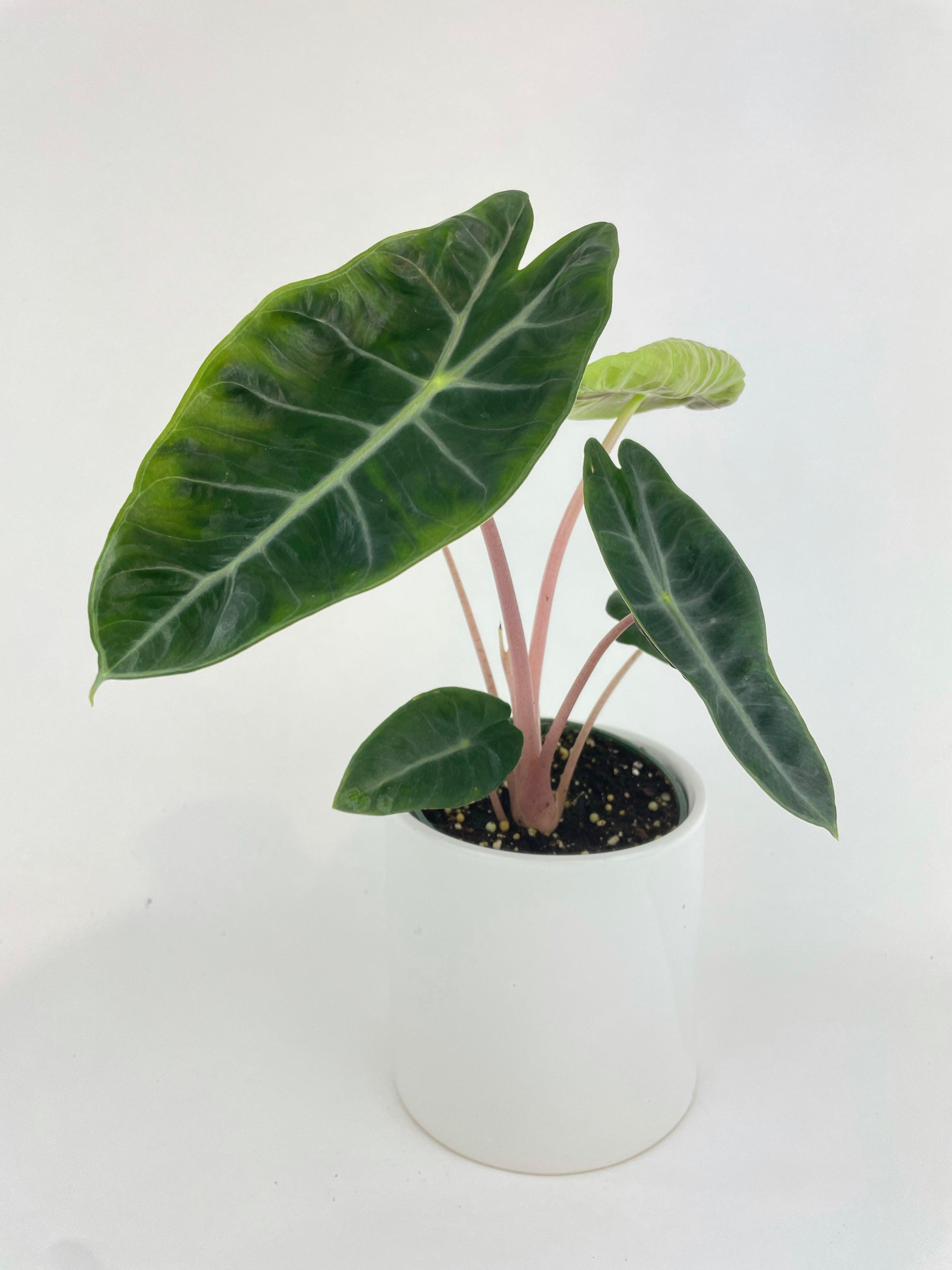Seasonal Plant Care Made Easy: Essential Strategies for Success
The concept of seasonal plant care is rooted in the understanding that plants, much like humans, have different needs at different times of the year. This realization came to me early in my gardening career, sparking a desire to delve deeper into the rhythms of the natural world. Seasonal plant care is not merely about reacting to the changes in weather; it's about anticipating the needs of your plants and preparing them to flourish in every season. This approach has transformed my gardening practice, turning it from a hobby into a journey of continuous learning and adaptation.
Understanding the Importance of Seasonal Plant Care
The importance of seasonal plant care cannot be overstated. Each season brings its own set of challenges and opportunities for gardeners. Winter's chill, spring's renewal, summer's heat, and autumn's transition all require a tailored approach to ensure the health and vigor of your garden. Ignoring these seasonal shifts can lead to stressed plants, poor yields, and increased susceptibility to pests and diseases. On the other hand, embracing seasonal plant care has allowed me to cultivate a garden that's not only resilient but also bountiful and beautiful throughout the year.
Essential Strategies for Successful Seasonal Plant Care
Assessing Your Specific Plant's Needs
The foundation of effective seasonal plant care lies in understanding the specific needs of each plant in your garden. This involves researching their preferred growing conditions, including light, water, and soil requirements. I've learned that keeping a garden journal is invaluable in this regard, allowing me to track the performance of each plant and adjust my care strategies accordingly. This personalized approach ensures that each plant receives the attention it needs to thrive in every season.
Preparing Your Garden for Each Season
As the seasons change, so should your garden preparations. This means amending the soil, adjusting the layout, and rotating crops to optimize growing conditions. In spring, I focus on enriching the soil with compost and planning my garden layout to maximize light exposure. Summer calls for mulching to retain moisture and protect the roots from heat. In autumn, I begin the process of cleaning up spent plants and adding leaf mold to the soil, while winter is the time for planning and preparation. By aligning my gardening activities with the seasons, I ensure that my garden is always ready to meet the challenges ahead.
Proper Watering and Fertilizing Techniques
Watering and fertilizing are critical components of seasonal plant care, but they must be done with precision and mindfulness. Over-watering can be just as harmful as under-watering, and the needs of your plants will vary significantly with the seasons. I've learned to adjust my watering schedule according to the weather, watering deeply but infrequently to encourage strong root growth. Similarly, fertilizing should be timed to coincide with the plant's growth cycles, providing them with the nutrients they need when they need them most.
Managing Pests and Diseases
Pests and diseases can wreak havoc on a garden, but many issues can be prevented with proper seasonal care. I practice integrated pest management, using a combination of cultural, physical, and biological controls to keep pests at bay. This includes rotating crops, encouraging beneficial insects, and promptly removing diseased plants. By staying vigilant and taking preemptive action, I've been able to minimize the impact of pests and diseases in my garden.
Pruning and Trimming Guidelines
Pruning and trimming are essential for maintaining plant health and encouraging vigorous growth. However, the timing and technique of pruning vary widely among plants. I've learned to prune deciduous trees and shrubs in late winter or early spring when they're still dormant, while perennial flowers often benefit from being cut back in autumn. Understanding the specific pruning needs of each plant ensures that my garden remains healthy and productive year-round.
winterizing Your Plants
Winterizing your garden is a crucial step in preparing your plants for the cold months ahead. This involves protecting sensitive plants with mulch or burlap, bringing container plants indoors, and ensuring that the soil is adequately drained to prevent root rot. By taking the time to winterize my garden, I've been able to protect my plants from winter damage and set the stage for a successful growing season come spring.
Seasonal Plant Care Tips for Different Types of Plants
Flowering Plants
Flowering plants bring color and joy to the garden, but they require careful attention to bloom at their best. In spring, I ensure they're planted in well-draining soil with the right amount of sunlight. Summer care includes regular deadheading to encourage continuous blooming, while in autumn, I begin to cut back spent flowers and mulch the beds. Winter is the time for planning next year's displays and ordering seeds and bulbs.
Shrubs and Trees
Shrubs and trees form the backbone of many gardens, providing structure and shade. Their care begins in winter, with pruning to shape and encourage healthy growth. Spring is the time for fertilizing and mulching, while summer requires vigilant watering during dry spells. In autumn, I inspect for any signs of disease or pest infestation, addressing issues before they can become major problems.
Vegetable and Herb Gardens
Vegetable and herb gardens are a source of fresh, healthy produce, but they demand a seasonally adaptive approach. Spring involves preparing the beds and starting seeds indoors or in a greenhouse. Summer is focused on pest management and consistent watering, while autumn is the time for harvesting and planting cool-season crops. Winter is used for planning the next year's garden and ordering seeds.
Indoor Plants
Indoor plants can thrive year-round with the right care. Winter care involves ensuring they receive enough light and are not overwatered. Spring might require repotting and fertilizing as they enter a growth phase. Summer care includes dusting the leaves and possibly moving some plants outside, while autumn is a good time to reduce watering as growth slows.
Common Mistakes to Avoid in Seasonal Plant Care
One of the most common mistakes in seasonal plant care is failing to adjust your gardening practices as the seasons change. Over-watering in winter, under-watering in summer, neglecting to fertilize at the right times, and improper pruning are all pitfalls that can be avoided with knowledge and attention. Another mistake is ignoring the signs of pests and plan diseases, which can quickly escalate if not addressed promptly.
Tools and Equipment for Seasonal Plant Care
Having the right tools and equipment is essential for effective seasonal plant care. A good set of gardening tools, including pruners, trowels, and forks, is indispensable. Additionally, investing in a quality watering system, compost bins, and pest control measures can make a significant difference in the health and productivity of your garden.
Resources for Further Learning and Support in Seasonal Plant Care
For those looking to deepen their understanding of seasonal plant care, a wealth of resources is available. Local gardening clubs and online forums are excellent places to share experiences and advice. Books, gardening magazines, and online articles provide a rich source of information on the specifics of plant care throughout the year. I've found that continuous learning is key to refining my gardening practices and overcoming new challenges.
Relevant Articles: 👇
Conclusion
Seasonal plant care is an art that harmonizes with the rhythm of nature, ensuring that our gardens remain vibrant and healthy throughout the year. By understanding the specific needs of our plants and adapting our care strategies accordingly, we can create thriving gardens that reflect the changing seasons. Whether you're a seasoned gardener or a newcomer to the world of gardening, I hope this guide inspires you to embrace the dynamic and rewarding journey of seasonal plant care.










































